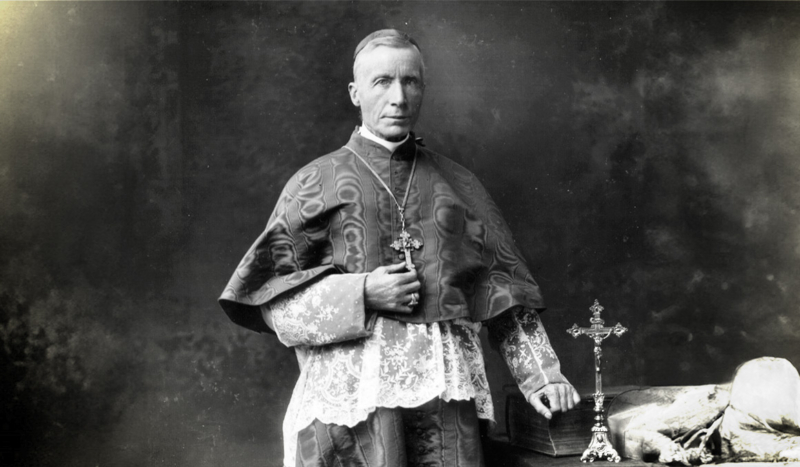
NOTE: Enjoy this excerpt from The American Daily Reader, by CatholicVote president Brian Burch and Emily Stimpson Chapman. To order the complete volume, visit the CatholicVote store today!
Near the end of James Cardinal Gibbons’ long life, an admirer asked Baltimore’s archbishop how he managed to reach his advanced age.
“Acquire an incurable ailment in your youth,” he replied.
Gibbons’ “incurable ailment” was the lingering effects of malaria. The Baltimore-born prelate contracted the disease as a seminarian, just prior to the American Civil War. The disease nearly cost him his life and, when his superiors expressed misgivings about ordaining someone so sickly, almost cost Gibbons his vocation as well.
Persistence, however, won the day. In 1861, Gibbons became a priest. Seven years later, he became bishop of the Vicariate Apostolic of North Carolina. Only 34 years old at the time, Gibbons was then the world’s youngest Catholic bishop, a fact that earned him the nickname “boy bishop.”
After North Carolina, Gibbons served five years as bishop of Richmond, Virginia, before becoming coadjutor bishop of Baltimore in May 1877. Five months later, on October 3, 1877, he became the Archdiocese of Baltimore’s ninth archbishop.
From that point forward, Gibbons exercised unmatched authority in the late 19th and early 20th-century American Church. His influence ensured the creation of The Catholic University of America and forged an alliance between Catholics and labor unions. It also thwarted Cahenslyism, which aspired to establish separate, ethnic Catholic Churches in America. A cardinal after 1886, Gibbons was a friend or advisor to nearly every president from Andrew Johnson to Woodrow Wilson, and wildly popular with the American Catholic public, who knew him largely through his writing. His most popular work, the apologetics handbook The Faith of Our Fathers, sold more than 1.4 million copies by 1917.
At times a pacifist (he opposed the Spanish-American War) and at other times an ardent nationalist (World War I had no greater champion), Gibbons was frequently accused of being more American than Catholic. When Pope Leo XIII penned two letters condemning the Americanist heresy, many considered Gibbons guilty as charged.
Despite those allegations (and his incurable ailment), Gibbons reigned supreme among America’s Catholic bishops until his death at the age of 86 in 1921.

